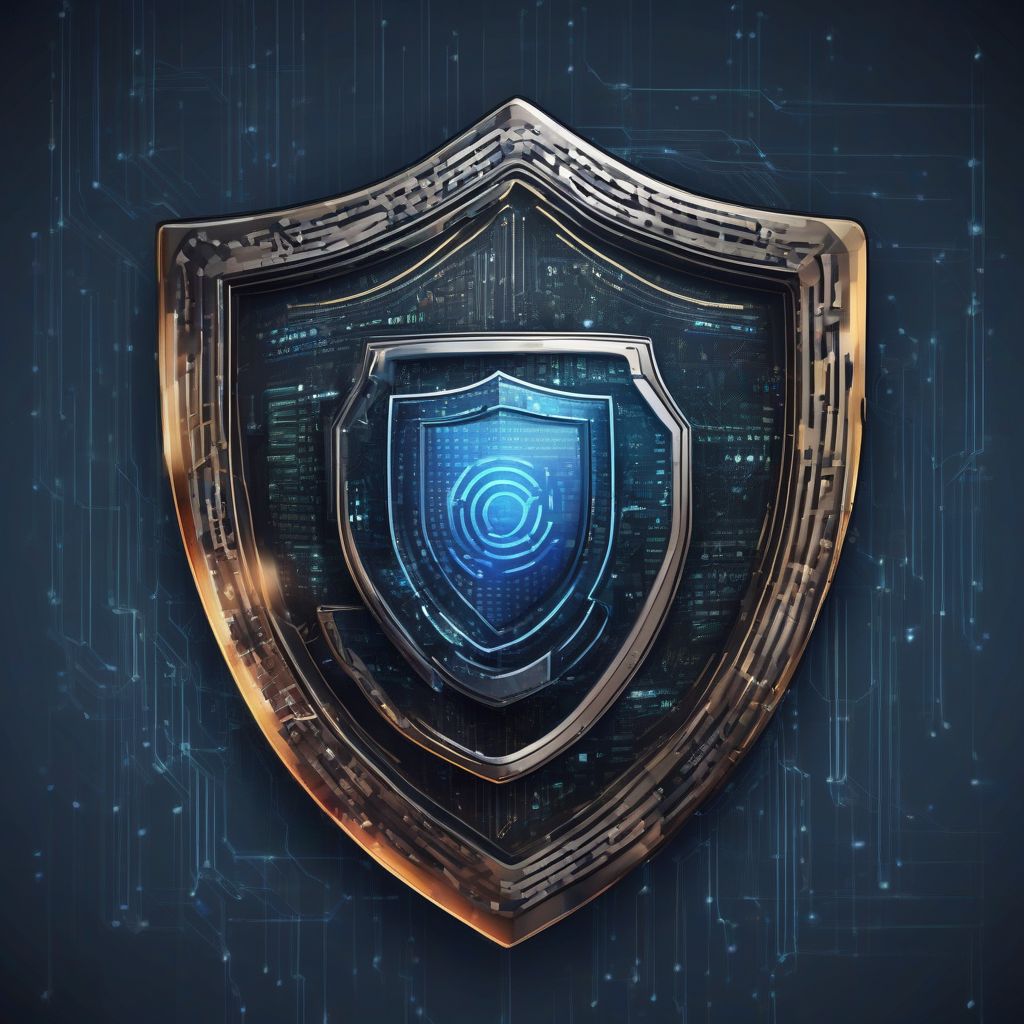Imagine waking up one morning to discover your bank account emptied, your social media accounts hijacked, and your precious photos held hostage by an unseen assailant. This is the nightmare scenario that can become a reality in our increasingly digital world if we fail to take cybersecurity seriously. Today, our most important assets – our finances, our identities, our memories – are all stored digitally. This makes cybersecurity not just a tech issue, but a crucial aspect of our daily lives.
Understanding the Stakes: What Are Digital Assets?
Before we delve into the how, let’s clarify the what. Digital assets encompass a vast range of information and resources stored in a digital format. This includes:
- Financial Information: Bank accounts, credit card details, online payment platforms, investment portfolios.
- Personal Data: Social Security numbers, addresses, phone numbers, medical records.
- Intellectual Property: Creative works, inventions, trade secrets, business plans.
- Online Accounts: Social media profiles, email accounts, online shopping portals.
Losing control of any of these assets can have devastating consequences, from financial losses to identity theft and even damage to your reputation.
Cybersecurity: The Guardian of Your Digital Life
Cybersecurity is essentially the practice of protecting your digital assets from unauthorized access, use, disclosure, disruption, modification, or destruction. It involves a multi-layered approach that includes:
1. Strong and Unique Passwords:
Think of passwords as the first line of defense for your digital fortress. A strong password, with a mix of uppercase and lowercase letters, numbers, and symbols, is difficult to crack. Never use the same password across multiple accounts, as a breach in one can compromise all.
2. Multi-Factor Authentication (MFA):
MFA adds an extra layer of security by requiring a second form of verification, like a code sent to your phone, in addition to your password. Even if one layer is compromised, the other protects your account.
3. Beware of Phishing Attacks:
Phishing emails and messages are designed to trick you into revealing sensitive information, like passwords or credit card details. Be wary of suspicious emails, especially those urging you to click on links or download attachments.
4. Regular Software Updates:
Software updates often include security patches that fix vulnerabilities discovered in older versions. Always keep your operating system, apps, and antivirus software up to date.
5. Secure Wi-Fi Networks:
Avoid using public Wi-Fi networks for sensitive transactions, as they are often unsecured. When at home, ensure your Wi-Fi network is password-protected and use strong encryption protocols.
 Cybersecurity Shield
Cybersecurity Shield
The Growing Threat Landscape: Why Cybersecurity is More Important Than Ever
The digital world, while offering immense opportunities, is also a breeding ground for cybercriminals. From individual hackers to organized crime syndicates and even state-sponsored actors, the threats are constantly evolving and becoming more sophisticated.
- Ransomware Attacks: Malicious software that encrypts your files and demands a ransom for their release.
- Data Breaches: Large-scale theft of sensitive information from organizations, exposing personal data of millions.
- Social Engineering: Manipulating individuals into revealing confidential information or granting access to systems.
These are just a few examples of the ever-present dangers lurking in the digital landscape.
The Role of Individuals and Organizations
Cybersecurity is not solely the responsibility of tech experts; it requires a collective effort.
Individuals must be proactive in educating themselves about online threats, adopting safe browsing habits, and implementing basic cybersecurity measures.
Organizations have a responsibility to protect their customers’ and employees’ data by investing in robust cybersecurity infrastructure, training employees on best practices, and having incident response plans in place.
Conclusion: A Secure Digital Future
In an increasingly interconnected world, cybersecurity is no longer optional but essential. By understanding the importance of protecting our digital assets and adopting proactive security measures, we can mitigate risks and ensure a safer and more secure digital future for everyone. Just as we lock our doors and safeguard our belongings in the physical world, we must be equally vigilant in protecting our digital lives. Remember, a secure digital world starts with each one of us.
What steps are you taking to strengthen your cybersecurity posture? Share your thoughts and experiences in the comments below.
[amazon bestseller=”cybersecurity for dummies”]
